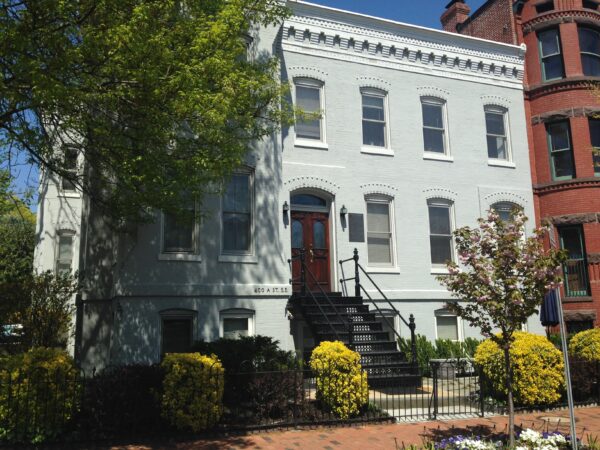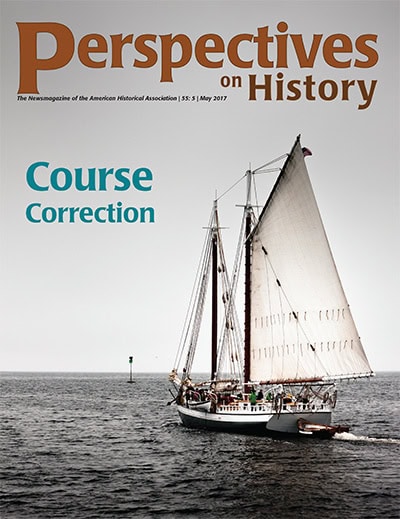
The AHA Townhouse
However widespread historians’ personal experience with mental health care, whether for themselves or people close to them, some in the historical community look at psychiatry with skepticism. Our training hones our ability to register the presence of social and cultural constructions and to critique them ruthlessly, reflexively. Psychiatry’s medical classifications and diagnoses make for low-hanging fruit, as does its supposed veneration of experts and human universals.
We are also heir to a historiographical legacy that bears the influence of antipsychiatry, which emerged in the 1950s and grew most radical in the next two decades. Initiated by practitioners like Thomas Szasz, antipsychiatry included the insight that “madness” had a history: whether certain forms of human behavior were deviant depended on social norms at the time. The turmoil of the 1960s prompted R. D. Laing to say that insanity was a sane response to an insane world. Influenced by his work in a mental hospital in the 1950s, Michel Foucault argued that perceptions of madness grew increasingly hostile between the Renaissance and the modern period, and with them the experience of insanity changed. Some historians advanced social control theory to explain the asylum and the psychiatric hospital: they were designed and built to exercise power over the poor. Feminist critiques of psychoanalysis have also left an imprint on historical thinking. Watching Mad Men, if we shuddered at the sight of Betty Draper’s analyst reporting back to her husband, we should recognize feminism’s influence on historical interpretations of psychiatry.
It’s therefore reasonable to ask whether being a historian presents a particular problem in dealing with personal difficulties relating to mental illness. There are some who balk at taking medication as selling out to Big Pharma, but that’s not the same as being intellectually and perhaps emotionally invested in the legitimacy of well-established historical theory and scholarship. Certainly, psychoanalysis has been mounting a comeback in queer history and other forms of feminist scholarship. But one wonders whether well-established trends in our discipline inhibit anyone from seeking help when they need it and colleagues from supporting them when they do. In other words, stigma is just as real for historians as for anyone else, but what we study might amplify it.
I’m heartened that the 2017 annual meeting in Denver will include “Historians for Mental Health,” a session sponsored by the AHA’s Research Division that will take up questions of stigma (though not necessarily in the ways I’ve outlined). And session 144, “Visible and Invisible Disabilities,” promises to build on the findings of an AHA survey on disability, including mental illness. I hope that the conversations initiated this year will resonate throughout our community culture and not be dropped after an initial wave of enthusiasm. The time has come.
This work is licensed under a Creative Commons Attribution-NonCommercial-NoDerivatives 4.0 International License. Attribution must provide author name, article title, Perspectives on History, date of publication, and a link to this page. This license applies only to the article, not to text or images used here by permission.

